The Biochemistry of Protein Folding
Introduction
Protein folding is a vital biological process that involves the transformation of a protein from its initial, linear form into its final, three-dimensional structure. This process is crucial for the protein's functionality and is guided by the protein's amino acid sequence, or primary structure. The precise nature of protein folding is dictated by the principles of biochemistry, a field that studies the chemical substances and vital processes occurring in living organisms.


The Process of Protein Folding
The process of protein folding begins as soon as the protein is synthesized in the ribosome. The nascent polypeptide chain starts to fold into secondary structures, such as alpha-helices and beta-sheets, which are stabilized by hydrogen bonds. These secondary structures then fold further into tertiary structures, which are the final three-dimensional shapes of the proteins. This folding process is driven by various forces, including hydrophobic interactions, ionic bonding, Van der Waals forces, and disulfide bridges.
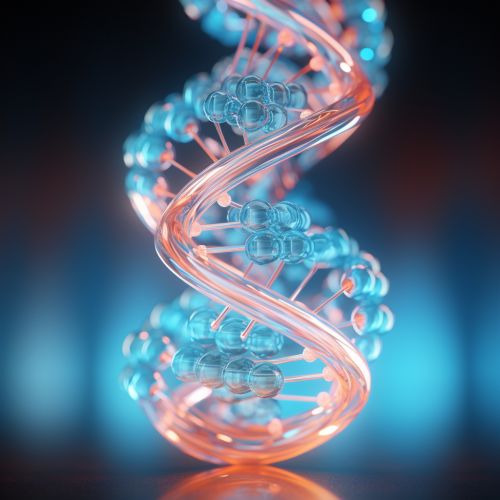
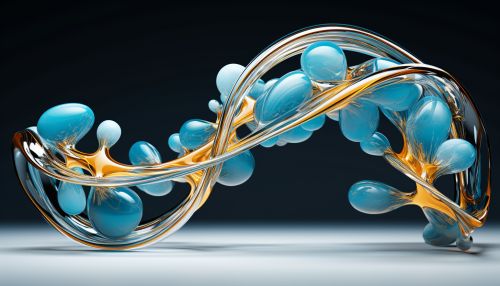
Forces Involved in Protein Folding
The forces involved in protein folding are primarily non-covalent, meaning they do not involve the sharing of electron pairs between atoms. These forces include hydrophobic interactions, hydrogen bonds, ionic bonds, and Van der Waals forces. Hydrophobic interactions are the primary driving force behind protein folding, as they cause the protein's hydrophobic (water-repelling) regions to cluster together, away from the aqueous environment. Hydrogen bonds, ionic bonds, and Van der Waals forces also contribute to the stability of the protein's structure.
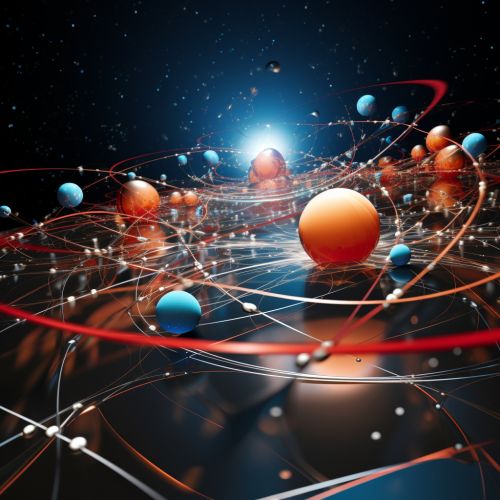
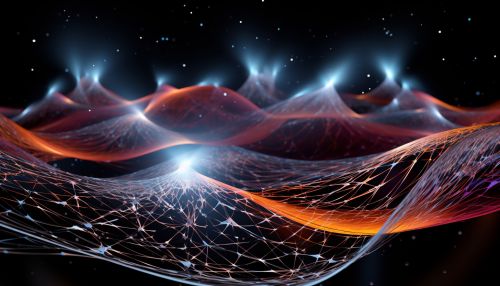
Protein Folding Pathways
Protein folding is not a random process; instead, it follows specific pathways, often represented as a folding funnel on an energy landscape. This funnel represents the decrease in free energy as the protein folds into its native state. The process begins with a large number of unfolded conformations, represented by the wide mouth of the funnel. As the protein folds, it follows a pathway down the funnel, with each step representing a decrease in free energy.

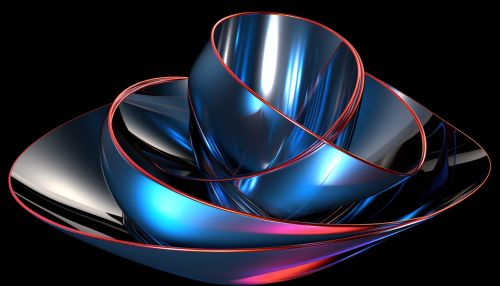
Protein Misfolding and Diseases
Protein misfolding is a phenomenon where proteins do not fold into their correct, functional structures. This can lead to the formation of protein aggregates, which are associated with various diseases, including Alzheimer's disease, Parkinson's disease, and Huntington's disease. These diseases, known as protein misfolding diseases or conformational diseases, are characterized by the accumulation of misfolded proteins in cells, leading to cell death and tissue damage.
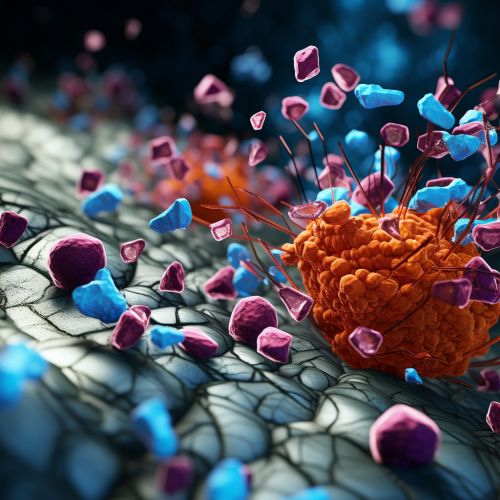
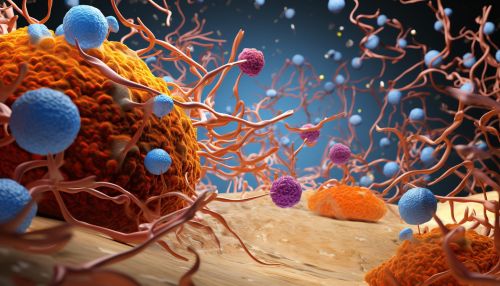
Chaperone Proteins and Protein Folding
Chaperone proteins are a type of protein that assist in the folding of other proteins. They prevent misfolding and aggregation by binding to nascent proteins and guiding them through the folding process. Chaperones do not form part of the final structure of the protein but are essential for ensuring that proteins fold correctly.


